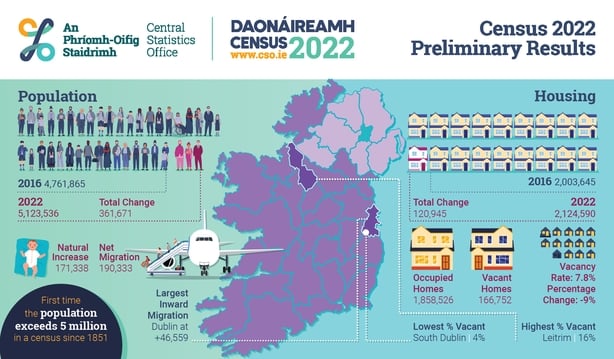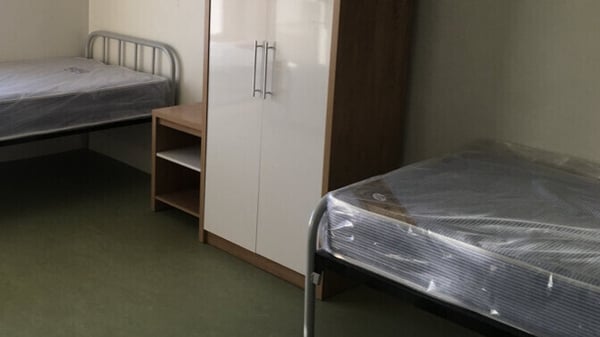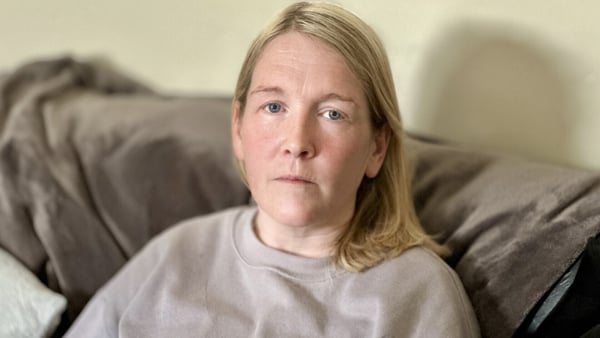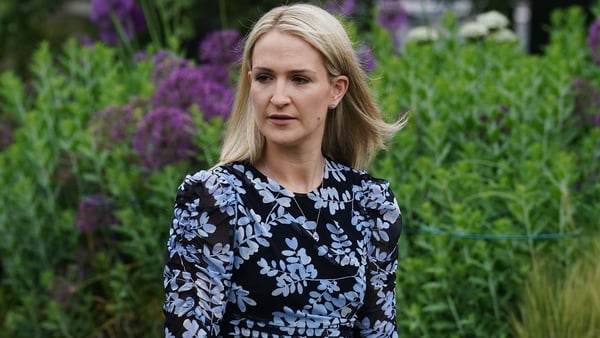The population of the Republic of Ireland increased by 7.6% in the six years between 2016 and 2022, according to the preliminary results of Census 2022.
This brought the numbers living in the State to 5,123,536 people on Census night on 3 April, according to the Central Statistics Office figures.
It is the highest population recorded in a Census since 1841 and the first time the population exceeded 5 million since 1851.

All counties show population growth since 2016, but Longford saw the biggest percentage increase of 14.1%, followed by Meath at 12.9%.
The Census, normally held every five years, was postponed last year due to the Covid-19 pandemic. Instead, it was carried out on Sunday 3 April.
In the six years between Census 2016 and Census 2022, there was net inward migration of more than 190,000.
The preliminary results published 12 weeks after Census night are based on initial counts from more than 5,000 enumeration areas.
Taoiseach Micheál Martin welcomed the news that Ireland's population has now passed five million people, "showing the benefits of economic and employment growth in recent years".
"I also welcome confirmation that the population has increased across every part of the country, with every county in Ireland seeing an increase in their population since 2016, as part of an overall increase of nearly 8% in that time," Mr Martin said.
"While the number of houses has increased, we clearly need to build more homes as quickly as we can, and the Housing for All plan will ramp-up housing output further in the next few years.
"The census is far more than a simple counting exercise, it gives us the information that is vital for everything from the planning and delivery of public services, to where we need to build housing, to how we arrange our electoral constituencies."
There were 2,593,600 females and 2,529,936 males recorded in the Census, which is an increase of 7.7% and 7.5% respectively.
The population increase of 361,671 was made up of a natural increase (births minus deaths) of 171,338 and estimated net inward migration (population change minus natural increase) of 190,333.
The counties recording the highest population growth were in Leinster.
In contrast to Census 2016, when three counties - Mayo, Sligo, and Donegal - had a fall in their population, the preliminary results show that the population of every county has increased since 2016.
In Leinster, ten of the 12 counties showed a higher percentage increase than the national average, with Offaly (+6.0%), and Kilkenny (+4.5%), being lower.
In Munster, Waterford (+9.4%) had a higher percentage increase than that of the State overall.
Both Leitrim (+9.5%) and Roscommon (+8.4%) showed a higher percentage increase than the national rate, while Cavan, Donegal, or Monaghan did not.
We need your consent to load this rte-player contentWe use rte-player to manage extra content that can set cookies on your device and collect data about your activity. Please review their details and accept them to load the content.Manage Preferences
Housing stock
The preliminary results also provide initial figures on the country's housing stock on 3 April, which was 2,124,590, up 6% on 2016.
There were 16,560 fewer vacant dwellings (-9.0%) in 2022 compared to 2016.
This does not include holiday homes, of which there were 66,135, compared with 62,148 in 2016.
A dwelling being classified as vacant for Census purposes does not necessarily imply that it is available for re-use.
The CSO has said Census vacancy is essentially a point in time measure which may be different to other reported measures of vacancy which may focus more on longer term vacancy.
Senior Statistician Cormac Halpin said: "A dwelling is classed as vacant by census enumerators if it is unoccupied for a short or long period around Census night.
"For example, it may be unoccupied because it is up for sale or rent, under renovation, or if the owner has passed away, or is in a nursing home."
"Dwellings under construction and derelict properties are also not included in the Census count of vacant dwellings."
Speaking to RTÉ's News at One, Mr Halpin said the CSO will scan and process all of the Census forms over the next eight months.
"We should be able to provide much more detail and insight into the Census results next year," he said.





